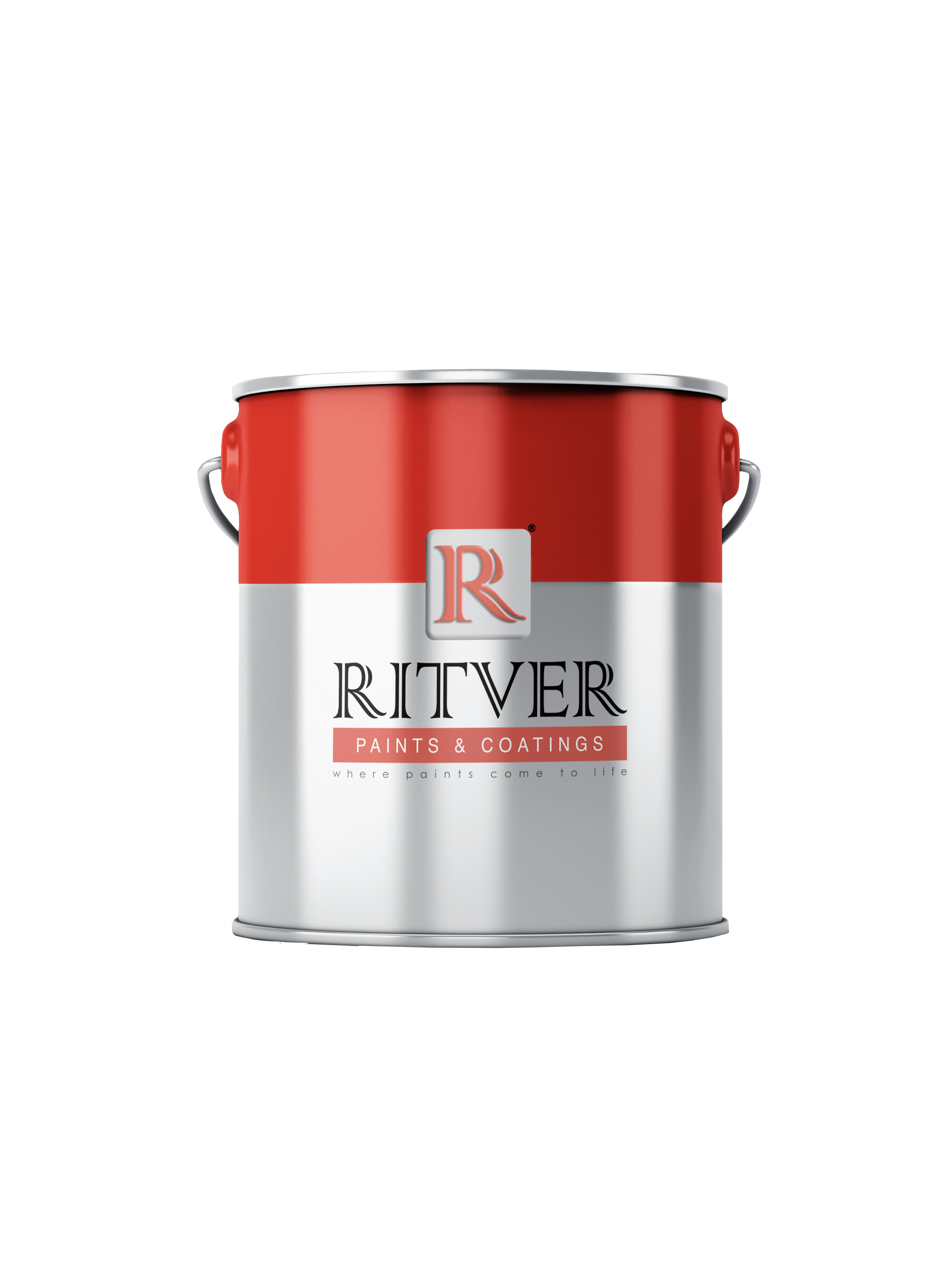PU White Primer LOW VOC Water Base
A waterborne 2 PACKS Polyurethane primer white , based on low solvent content and excellent flow leveling, designed as basecoat on pieces previously sanded . It shows a top performance in terms of covering, drying and hardness, compared to any traditional polyurethane finish. This item has a low VOC less than 3% as an environmental friendly product.
.SKU: LEED10246 DP
-

Color
White -

Specific gravity
1.14 kg/L [±0.025] -

Weight solids
49% [±2] -

Viscosity Ford cup4/25oC
150 secs. [±5]
- USES
- CHARACTERISTICS
- SURFACE PREPARATION
- PRODUCT PREPARATION
- APPLICATION METHODS
- CLEANING
- PACKING & STORAGE
- SAFETY & FLAMMABLE
Designed for interior varnishing such as doors and furniture.
These values undergo considerable changes according to environmental temperature. In winter time, the flow levelling of the product applied is reduced, therefore we suggest varnishing in the first hours of the working cycle in order to guarantee a constant and an acceptable temperature during product drying.
Warning: the product fears freeze; do not keep and do not work with temperature below 5°C.
Good airing favours quicker drying even deep drying.
All timber species must be fully aged with a moisture content of less than 15%. Surface must be dry, clean and free from contaminations. Natural oil or gum must be removed by solvent cleaning. We suggest a good sanding of the wood substrate before applying [WBI10246 DP]. Apply one or two coats of basecoat according to the desired covering required.
Stir product well with a flat paddle. Thin to required viscosity. For details of spray equipment contact Ritver Technical Services Department.
This product needs Catalyst in order to enhance the physical and chemical properties and to get better hardness and scratch resistance.
CATALYST CP0101 @ 5%
WATER 10%
Dilution
Product ready for use. Eventually it is possible to dilute with water at 5-10% max.
Depends on the finishes required but in general an appropriate rate is between 130 gr / sq. m. The number of coats depends on the surface preparation the porosity of the substrate, and the finishes required.
Following Treatments
By spray gun. The product is ready for use; in winter time it is not advisable to thin down the product
but it is recommend to use the pre-heater set between 35°C and 45°C; in warmer times it is advisable to thin down the product from 5% up to 10% max. with water and to use the pre-heater at a max. temperature of 35°C.
The product viscosity generally enables the application of 100-120 micron humid thickness without
dripping; it is not advisable to apply higher thickness as film sanding and flow levelling would be impaired.
It is possible to apply two coats of LEED10246 DP within 2-3 hrs. without sanding; beyond this time
limit, we recommend to comply within 24 hrs. of complete drying and then sand and apply the following varnish coat. In order to varnish large pore substrates, we recommend thinning with water up to 10% for the first coat and 5% for the following one.
Suggested nozzle: for airless 09 fixed or 015 adjustable at 4 atm/bar of pressure; for normal spray gun 2.0 mm. at 3.5-4 atm/bar of pressure.
Check very carefully that the spray-gun does not show any trace whatsoever of solvent from previous applications. It is advisable to wash varnishing tools immediately after use.
SUBSEQUENT TREATMENTS
After drying this product must be overcoated with pigmented waterborne top finish.
NOTE
Avoid stacking directly on varnish.
Cleaning
As waterborne varnishing have lesser resistance against aggressive chemical agents compared to traditional varnishes, we recommend to clean the piece with water and neutral detergent.
Ammonia and/or alcohol base solutions can seriously damage the film. Should aggressive solutions be spilled such as liquors, and similar drinks and/or very hot beverages like coffee, tea etc., we recommend to clean quickly the surface with cloth soaked in water.
Available in USG, 5USG.
Store in a cool and well ventilated place. Keep away from direct sunlight. Minimum one year in unopened container, stored in a cool and dry condition at 25°C.
Gluening
Check the type of glue used before varnishing the pieces with waterborne products: glues having a
holding value below B3, can cause the following problems:
-Breakaway of the veneering form the substrate, blistering and ensuing damage of the varnishing piece
-Pore raising
-Film bleaching caused by re-solubilization of the glue resins into the waterborne varnishing Following coats
Comply with the drying time between the basecoat and the finish as pore raising may occur if pores are too much reduced.
Blocking
The product is provided with good resistance against blocking: it is however a thermoplastic varnish, therefore it is necessary to evaluate each time storage and stacking conditions of the varnished piece avoiding the contact in between varnished.
Tannin
Check very carefully the type of timber to varnishing. In fact oak, chestnut, iroko, niangon, meranti, cedar, and hard exotic timbers with large pore generally contain inhibiting substances, which tend to leak if you use varnishing reducible by water. This inconvenience does not occur always and therefore it is difficult to explain it or to find a really effective remedy. If many tannin leaks occur (small black cylindrical “vulcanoes”), we suggest to sand the surface and apply a new layer of finish.
This material is flammable and must not be exposed to naked flames.
Use only in well ventilated areas. In case of insufficient ventilation during application wear suitable respiratory equipment. Do not breathe vapor / spray. In case of contact with eyes, rinse immediately with plenty of sweet water and seek medical advice. In case of contact with skin, wash immediately with soap and water or a recognized skin cleanser. Keep away from sources of ignition. No Smoking. Keep out of reach of children.



